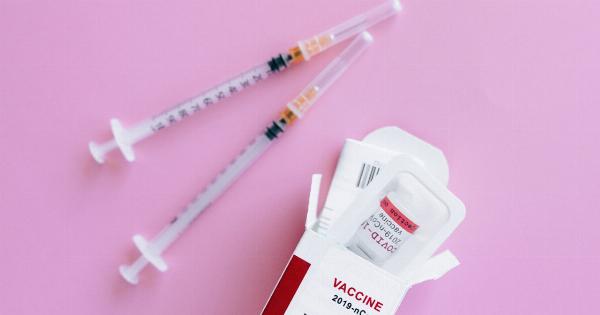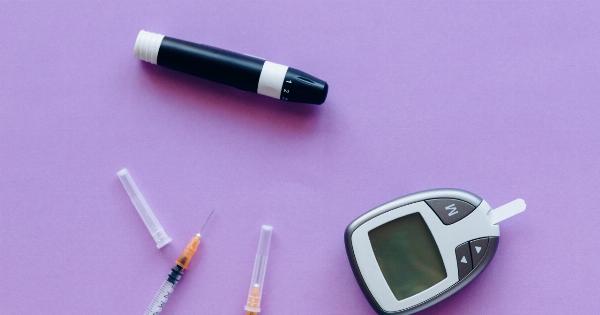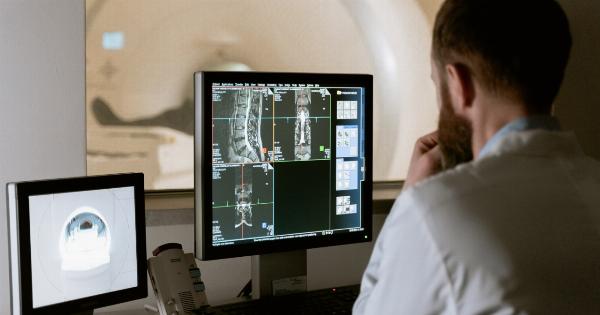Traditional blood tests, involving the use of a needle, have long been a source of anxiety and discomfort for many patients.
However, a groundbreaking innovation in the healthcare industry aims to revolutionize blood testing by providing a needle-free alternative. Introducing the skin patch, a wearable device that simplifies the process and eliminates the need for painful needle pricks.
The Advent of the Skin Patch
The skin patch, also known as a transdermal patch, is a small adhesive device placed directly on the skin’s surface. It contains tiny microneedles or sensors that penetrate the skin, collecting a small sample of blood without piercing any veins.
This new technology opens up remarkable possibilities in the medical field, enabling painless and hassle-free blood testing.
The Benefits of Needle-Free Blood Testing
1. Less Pain and Discomfort: One of the most significant advantages of the skin patch is the elimination of the pain associated with traditional needle-based blood tests.
This development is especially beneficial for individuals who have a fear of needles or children who may be particularly sensitive to pain.
2. Improved Accuracy: The skin patch not only reduces discomfort for patients but also improves the accuracy of blood test results. Needle-based tests can occasionally alter blood composition due to the stress patients experience during the procedure.
With the skin patch, blood is collected through microchannels in the skin, limiting the chances of distortion and providing more reliable readings.
3. Convenience and Time Efficiency: Conventional blood tests typically require visiting a clinic, waiting for a healthcare professional to draw blood, and then waiting for the results to be processed. The skin patch simplifies this process.
Patients can simply apply the patch and go about their day while the device quietly and painlessly collects the required sample. This significantly reduces the time and effort spent in the traditional blood testing process.
Applications of the Skin Patch
The development of skin patches has opened up a wide range of applications in the healthcare industry. Some notable applications include:.
1. Diabetes Monitoring
Individuals with diabetes rely on regular blood glucose monitoring to manage their condition effectively.
The skin patch can offer a painless and continuous monitoring solution, allowing users to conveniently track their glucose levels throughout the day and make informed decisions about their insulin dosage.
2. Pharmaceutical Research and Development
Clinical trials and pharmaceutical development often require frequent blood tests to monitor drug efficacy and patient response.
Skin patches provide a less invasive option for collecting blood samples, making it easier to recruit and retain participants in these studies.
3. Early Disease Detection
Regular blood tests are crucial in the early detection of various diseases, such as cancer and autoimmune disorders.
The non-invasive nature of skin patches encourages individuals to undergo frequent testing, enabling healthcare professionals to identify potential health issues at an early stage.
4. Home Healthcare
The convenience of skin patches extends beyond medical facilities. Patients with chronic illnesses or those needing regular monitoring can benefit from at-home blood testing using these wearable devices.
This allows for increased independence and reduced healthcare costs.
Overcoming Challenges and Advancing the Technology
While skin patches offer a promising alternative to traditional blood tests, there are various challenges that need to be addressed for widespread adoption. Some of these challenges include:.
1. Consistent and Accurate Measurement
Ensuring the accuracy and consistency of blood measurements collected through skin patches is critical. Advancements in microsensor technology and data analysis algorithms are necessary to minimize variability and provide reliable results.
2. Secure Data Handling
The collection and transmission of personal health data from wearable devices require robust security measures.
Developers must prioritize the implementation of encryption protocols and secure data handling practices to protect sensitive patient information.
3. Adhesive Allergy Concerns
Although skin patch adhesives are generally safe, some individuals may be allergic to certain materials. Researchers need to explore alternative adhesive options or develop hypoallergenic patches to ensure accessibility for all patients.
4. Affordability and Accessibility
For skin patches to become widely adopted, affordability and accessibility are crucial factors.
Research and development efforts should focus on cost-effective manufacturing processes that allow for mass production and distribution to various healthcare facilities.
Conclusion
The introduction of skin patches as a needle-free option for blood testing holds immense potential for revolutionizing the healthcare industry.
By eliminating the discomfort associated with traditional needle-based tests, providing greater accuracy, and increasing convenience, the skin patch offers a promising future for painless, accessible, and efficient blood testing. As the technology continues to advance, addressing challenges and meeting regulatory standards, it can truly transform the way blood tests are conducted and contribute to improved patient care and overall well-being.





























